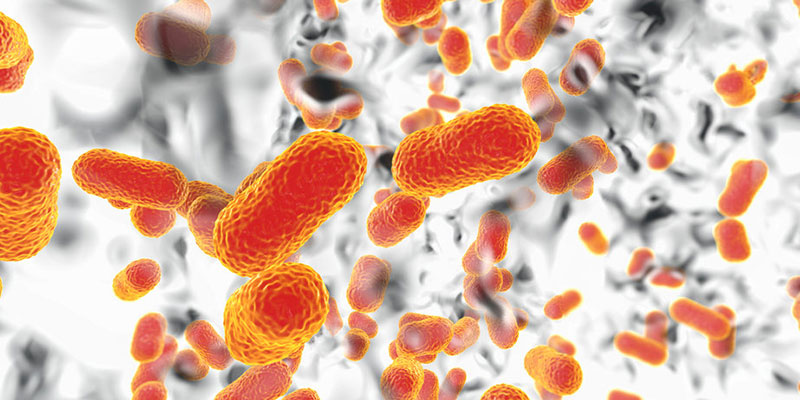Biofilms efficiently protect microbial communities from a host of environmental stressors, including ultraviolet radiation, extreme temperature, extreme pH, salt, high pressures, nutrient-poor environments, antibiotics, and more.
These elegant formations of microbes enable robust wastewater treatment
Some of Fluence’s signature wastewater treatment solutions are based on membrane aerated biofilm reactor (MABR) technology, which was first introduced in the 1990s. MABR harnesses biofilm, an extremely resilient mode of life that has been found in sediment dating back 3.4 billion years.
These formations of microbial cells attach to each other, a surface, or both within a matrix of extracellular polymeric substances (EPS), creating a microenvironment that resembles a complex microbe city. With strength in numbers, biofilms are hard to kill, a factor that makes the MABR process robust.
The biofilm life cycle progresses in five main stages:
- Attachment: Microorganisms weakly adsorb to a surface.
- Colonization: Microorganisms permanently bond to the surface.
- Development: Microorganisms proliferate, layer upon layer, and begin to secrete EPS.
- Maturation: Microorganisms create a stable, three-dimensional community.
- Active dispersal: Microbial cells slough off in clumps or otherwise separate, and start new biofilm colonies.
Biofilms efficiently protect microbial communities from a host of environmental stressors, including ultraviolet radiation, extreme temperature, extreme pH, salt, high pressures, nutrient-poor environments, antibiotics, and more. In MABR wastewater treatment, this inherent property translates to a high degree of protection from load shocks in wastewater streams — a protection not offered by isolated microorganisms.
Biofilm: A Multicellular Organism?
While some may dismiss biofilm as slime, it actually is a very sophisticated, even elegant, structure that helps microorganisms cooperate. This has led many researchers to regard biofilm as a discrete multicellular organism of its own, composed of different microbial species. This genetic diversity in a biofilm’s constituent organisms also contributes to antibiotic resistance and helps microbes survive in extreme environments.
Components of EPS — including polysaccharides, proteins, lipids, and nucleic acids like RNA and extracellular DNA (eDNA) — help form the three-dimensional structure of biofilm. The eDNA found outside of cells organizes itself into distinct, grid-like structures within the biofilm’s biopolymers.
Biofilm structure also helps its resident microorganisms exchange nourishing substances as well as information in the form of signaling molecules. The microorganisms in biofilm both cooperate and compete by releasing antimicrobial compounds to combat other microorganisms that might threaten the community as a whole, while creating resistance to antibiotics. And the EPS matrix also helps biofilm attach to surfaces and take in water and nutrients to nurture the microbial community.
Biofilm in Wastewater Treatment
The spirally wound membrane of Fluence’s MABR, unlike many membranes used in wastewater treatment, isn’t designed to filter contaminants out. Instead, it’s semipermeable to allow air to enter the water in an optimal way to support biofilm growth. Fluence MABR’s biofilm relies on a carefully balanced mix of autotrophic and heterotrophic bacteria to optimize simultaneous nitrification-denitrification for high nutrient removal.
This type of passive aeration stands in stark contrast to traditional bubble aeration used in activated sludge treatment. Bubble aeration uses large amounts of energy to make bubbles that quickly rush to the surface before microorganisms can even use most of the oxygen.
Once a biofilm community begins to flourish on the oxygen-rich surface of the MABR membrane, it efficiently consumes nutrients in the water to sustainably denitrify it in a shock-proof process. Interested in harnessing the resilience of biofilm in your operation? Contact the experts at Fluence to learn how our best-in-class MABR solutions can provide wastewater treatment for every need at any scale.

